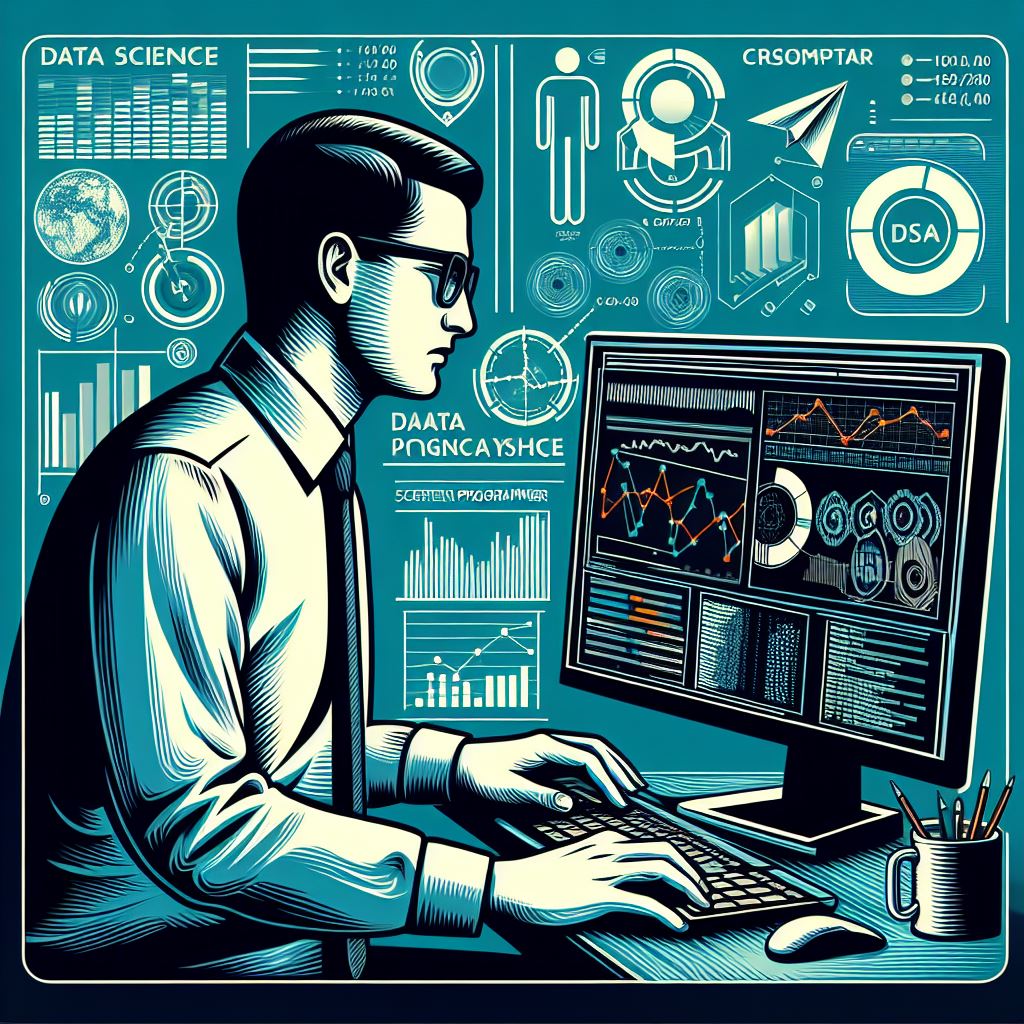Machine learning (ML) models are at the heart of many modern technologies, powering everything from personalized recommendations to advanced autonomous systems. These models help machines learn from data, identify patterns, and make predictions or decisions without human intervention. In this article, we will explore the basics of machine learning models, the types of models used, and how they are applied in various industries.
What are Machine Learning Models?
At its core, a machine learning model is an algorithm that processes data, learns from it, and makes predictions or decisions based on that data. Machine learning models are trained using large datasets, and their performance improves as they are exposed to more data. The goal is for the model to generalize from this training data so it can accurately predict outcomes for new, unseen data.
Types of Machine Learning Models
There are several types of machine learning models, each suited to different tasks and problems. Broadly, they can be classified into three categories:
Supervised Learning Models
In supervised learning, the model is trained on labeled data, meaning that both the input and the correct output are provided. The model learns by mapping input data to the correct output. Common supervised learning algorithms include:
Linear Regression
Logistic Regression
Decision Trees
Support Vector Machines (SVM)
Neural Networks
Supervised learning is widely used in applications such as spam detection, email categorization, and customer churn prediction.
Unsupervised Learning Models
Unsupervised learning, on the other hand, involves training a model on data that has no labeled outputs. The model must find patterns and structures in the data on its own. Common unsupervised learning algorithms include:
K-Means Clustering
Hierarchical Clustering
Principal Component Analysis (PCA)
These models are often used for market segmentation, anomaly detection, and recommendation systems.
Reinforcement Learning Models
Reinforcement learning (RL) is a type of machine learning where an agent learns to make decisions by performing actions in an environment and receiving feedback through rewards or penalties. This type of learning is commonly used in robotics, video game AI, and self-driving cars. RL models include algorithms like Q-learning and Deep Q-Networks (DQN).
How Machine Learning Models are Trained
Training an ML model involves feeding it data, allowing it to learn patterns, and refining it through iterations. The training process generally consists of the following steps:
Data Collection
Data is gathered from various sources and cleaned to ensure it is free from inconsistencies and noise.
Model Selection
The appropriate machine learning model is selected based on the type of problem being solved. The choice of model impacts the model’s ability to learn from the data and make accurate predictions.
Model Training
During training, the model is exposed to the data and adjusts its internal parameters to minimize the error between predicted and actual outputs.
Model Evaluation
After training, the model is tested using new, unseen data. This step helps evaluate the model’s ability to generalize and perform well on real-world tasks.
Model Optimization
If necessary, the model is fine-tuned by adjusting hyperparameters or using techniques like cross-validation to improve its accuracy.
Applications of Machine Learning Models
Machine learning models are applied in virtually every industry, revolutionizing processes and enhancing decision-making. Some of the most common applications include:
Healthcare: ML models are used for diagnosing diseases, predicting patient outcomes, and personalizing treatment plans.
Finance: Financial institutions use machine learning for fraud detection, credit scoring, and algorithmic trading.
E-commerce: ML models power recommendation systems that personalize shopping experiences for customers based on their past behavior.
Transportation: Self-driving cars and predictive maintenance are enabled by ML models.
Conclusion
Machine learning models are a powerful tool for solving complex problems and making data-driven decisions. Whether in supervised, unsupervised, or reinforcement learning, these models continue to shape industries and drive innovation. As more data becomes available, the potential applications of machine learning will only continue to grow, making it a vital field for the future.
5
